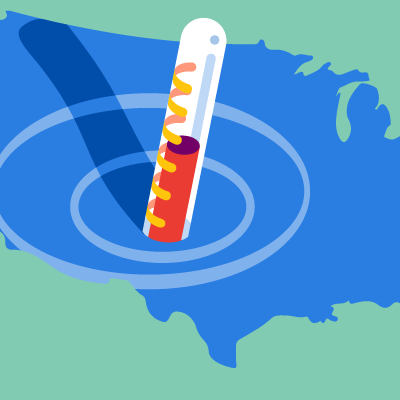Before dawn on Saturday April 1, 2017, rain drenched the Andes Mountains in southwestern Colombia. In just a few hours, 130 mm fell—about a third of the region’s average for the whole of March. The rain inundated soils already soaked by unusually heavy precipitation at the outset of Colombia’s rainy season, exacerbating the risk of flooding and landslides.
Local rivers responded quickly to rapid runoff from hills and mountains. And in the Taruca ravine, a landslide initiated a debris flow down the Soncoyaco River into Mocoa, Colombia, while most residents were still asleep. Such debris flows, composed of water, mud, tree limbs, and rocks, are called “huaycos” in the local Quechua language; they can travel at 35–40 mph and are far more destructive than water alone. At least 300 people lost their lives in this disaster, and many more are missing.
A location’s meteorology, topography, and geology contribute greatly to its flood and landslide risk. Mocoa, for example, sits in a steep-sided valley at the confluence of the Mocoa, Mulato, and Soncoyaco rivers, where unusually heavy precipitation is often a factor. But natural hazards are not inherently disastrous; they only become so when human systems fail to cope with their social, economic, and physical impacts.
In addition to possible climate change impacts, a combination of rapid urbanization and poor land use choices made Mocoa a disaster waiting to happen. The combination of these three factors is also increasing flood risk for the subcontinent as a whole.
1. Global Warming, Maybe
Climate scientists in Peru have been blaming the unusually heavy precipitation on global warming and a regional phenomenon christened “El Niño Costero” (coastal El Niño) on elevated sea surface temperatures (SSTs) off the coast. According to NOAA, however, SSTs in the region are average and the huge El Niño of 2015/16 has transitioned to a neutral phase in the Pacific. Still, moisture levels in the atmosphere are elevated and the precipitation Mocoa experienced came from a slow-moving storm system charged with a very moist flow of air form the tropical Atlantic.
2. Rapid Urbanization
Mocoa’s population doubled in recent years to about 36,000, placing many more people in harm’s way. Some of this increase is attributable to general population growth, but most was due to people moving in from the countryside to seek economic opportunities or refuge from Colombia’s long civil war.
3. Land Use Choices
Deforestation to clear land for cattle ranches and farms growing coca (the raw material for cocaine), for example, contributes to landslide vulnerability. Ineffective urban planning failed to mitigate flood risk and left residents of Mocoa settling directly in harm’s way despite risks that have been evident to some for decades. Various agencies and experts have been warning about this for years; landslide risk in the Taruca ravine, for example, was highlighted by local media in 2014.
Improving Resilience
The tragedy at Mocoa—one of the deadliest natural disasters in Colombia’s history—is the latest in a series of extreme precipitation-related events along South America’s Pacific Coast. In the first 10 days of Colombia’s rainy season, which starts in mid-March, 11 of its 32 departments were impacted by severe weather events. Serious flooding and landslides have been reported in Ecuador, northern and central Chile, and in Peru—which suffered its worst flooding in decades. More than 800 Peruvian towns and cities have declared states of emergency since the beginning of the year, at least 100 people lost their lives, and economic losses are likely to be significant.
In Ecuador, disaster areas were declared in four provinces in March. Compared to neighboring Peru, Ecuador has experienced comparatively little damage; flood defenses built in the Cañar, Guayas, and Naranjal river basins following major flooding in the late 1990s to divert water away from towns and farmland performed well. Investing in infrastructure like this to mitigate damage pays off, but it is only part of the solution.
Better land use choices and more effective urban planning are also needed. Unless communities take action to become more resilient, disasters like the flooding in Mocoa will continue to occur. In Colombia, President Santos has vowed that resources will be made available to rebuild Mocoa better, and he has put Defense Minister Luis Carlos Villegas in charge of the reconstruction. Let’s hope that the community emerges safer and more adroit at recovering from future catastrophes—including disastrous flooding like this.



